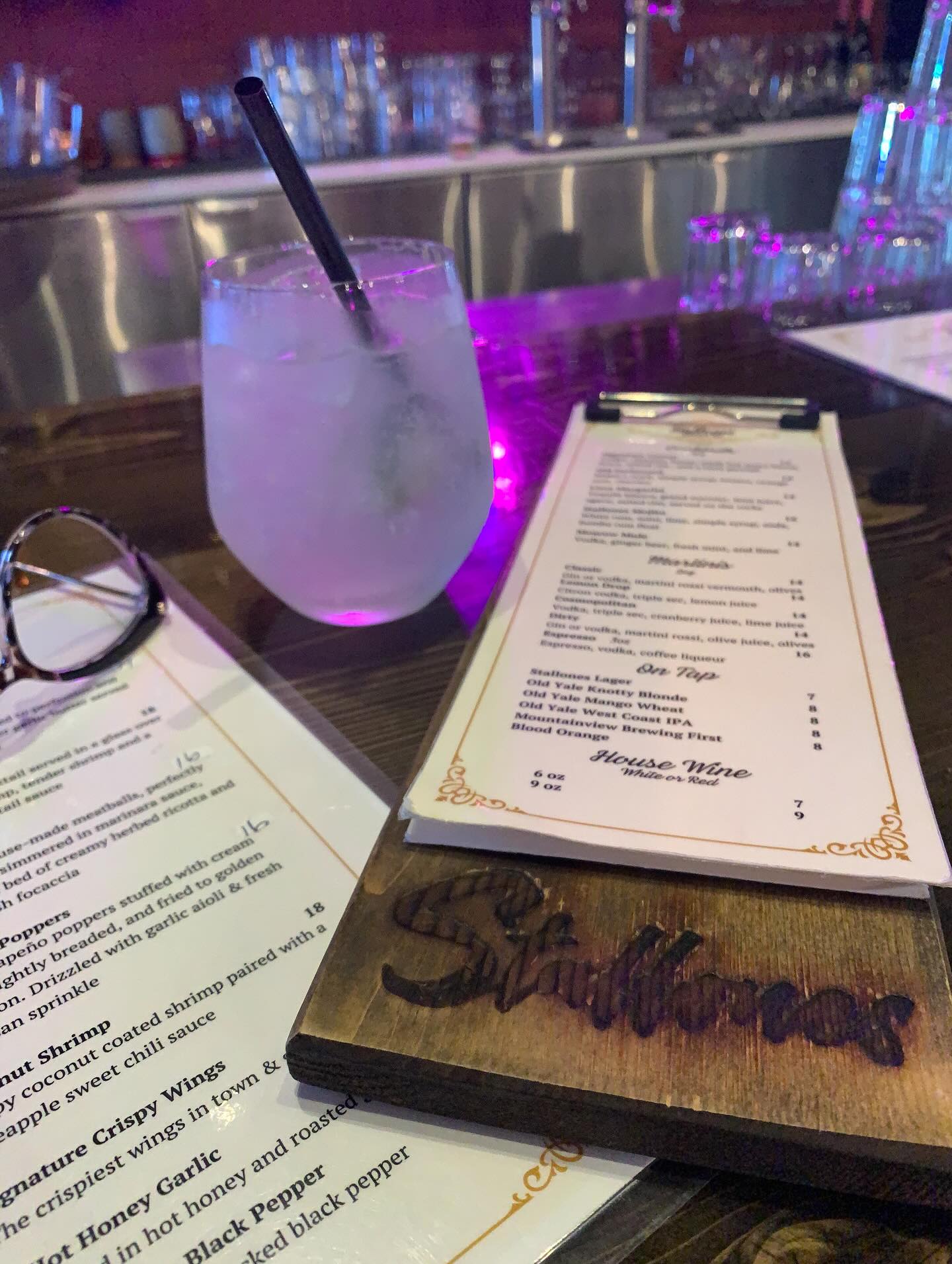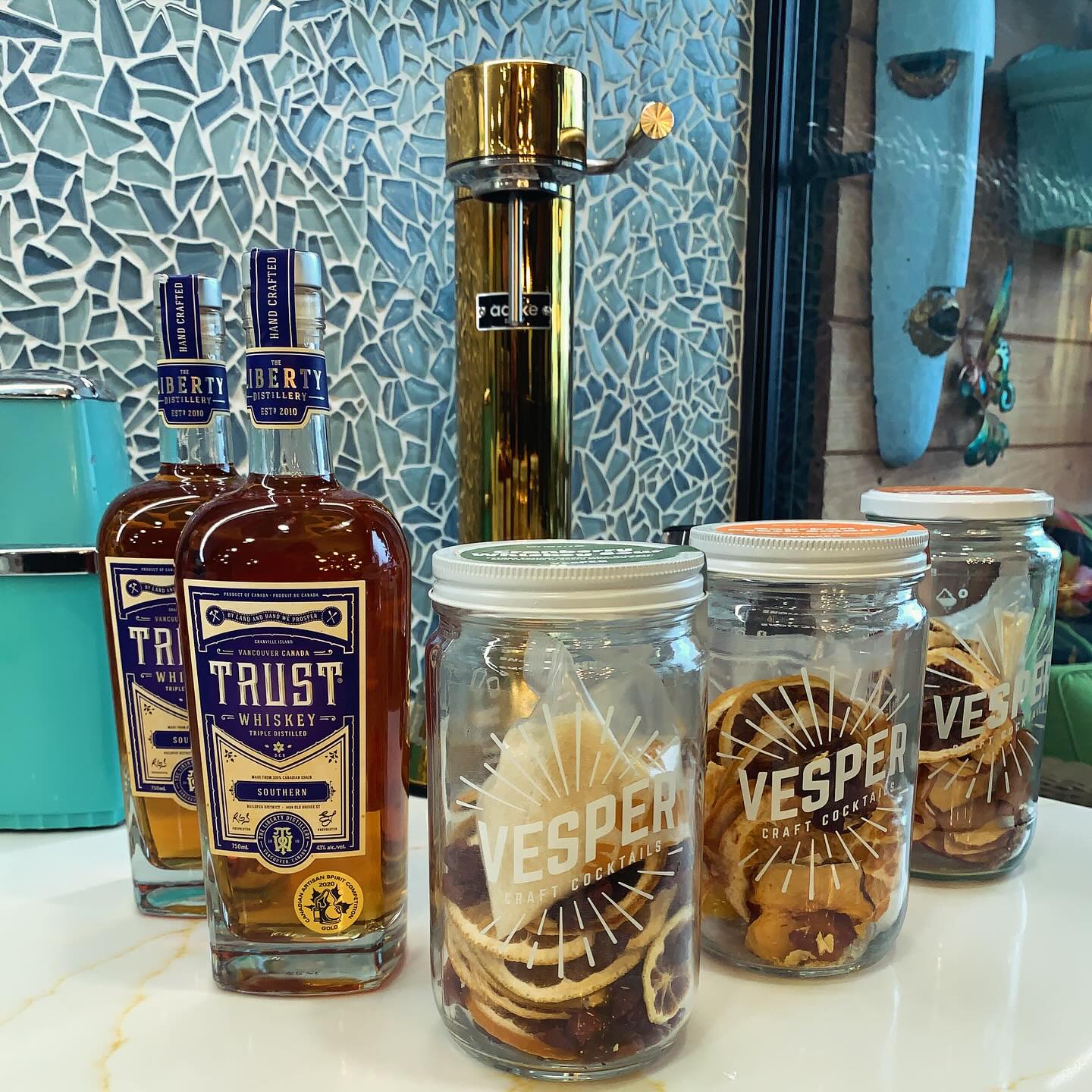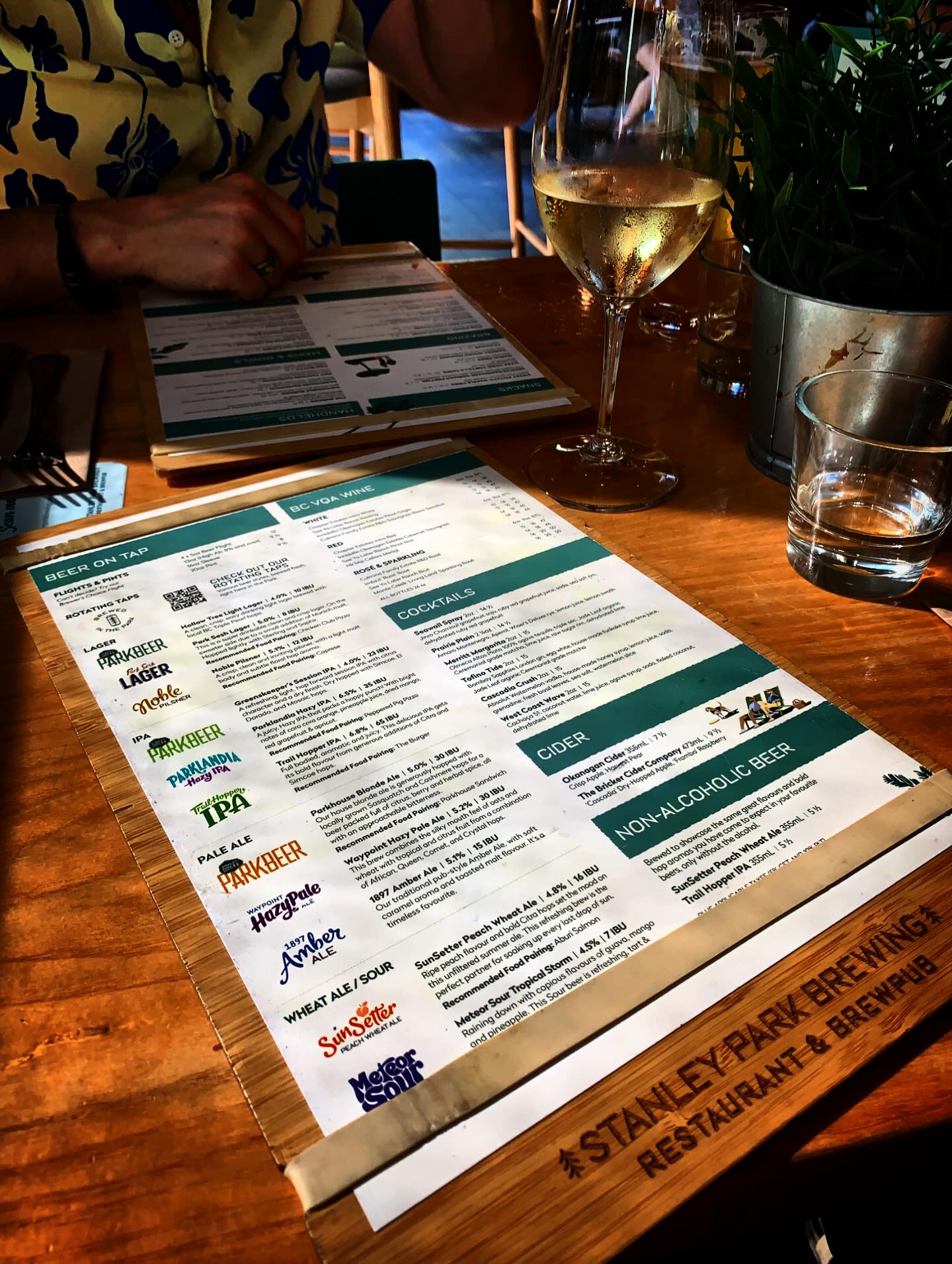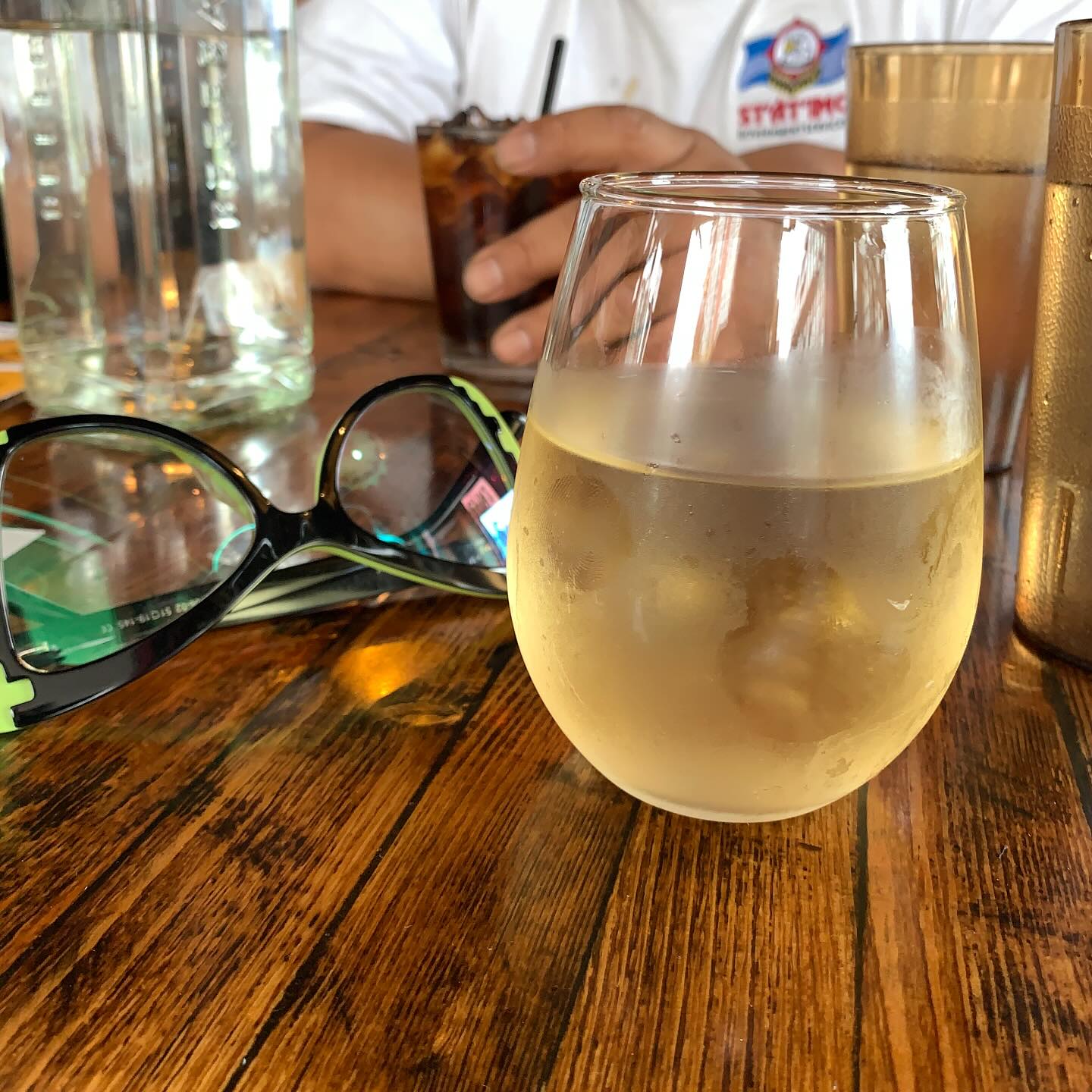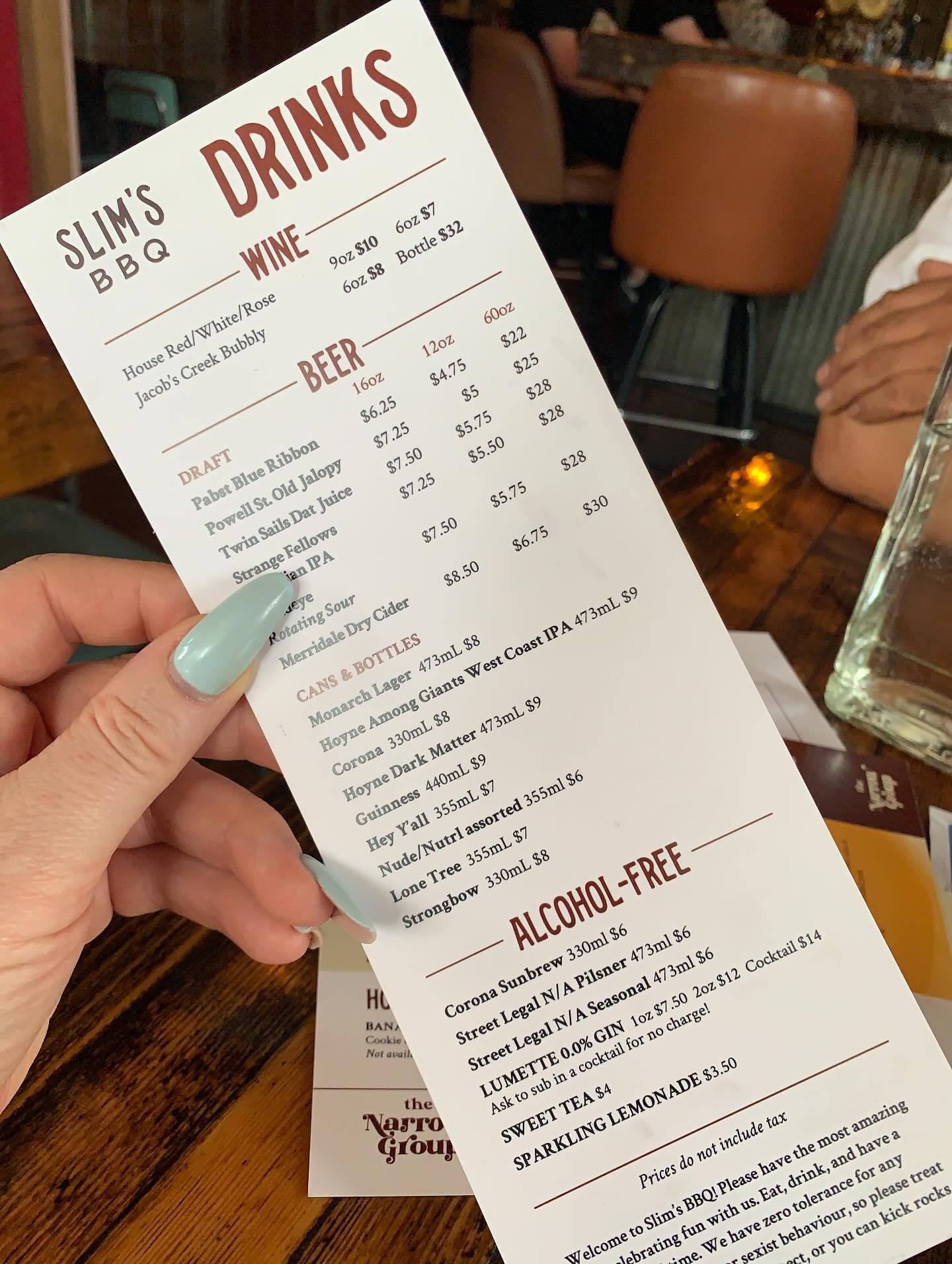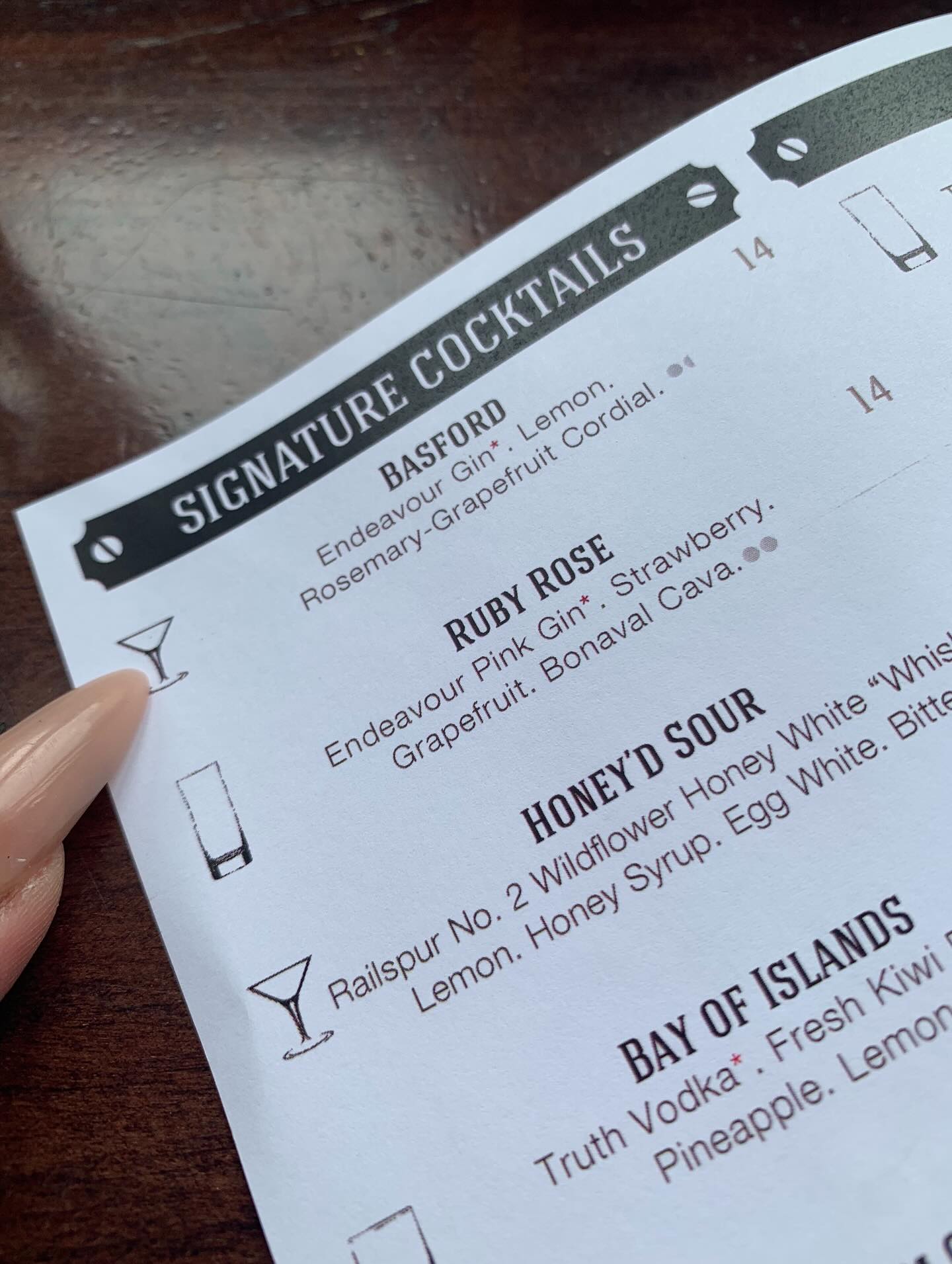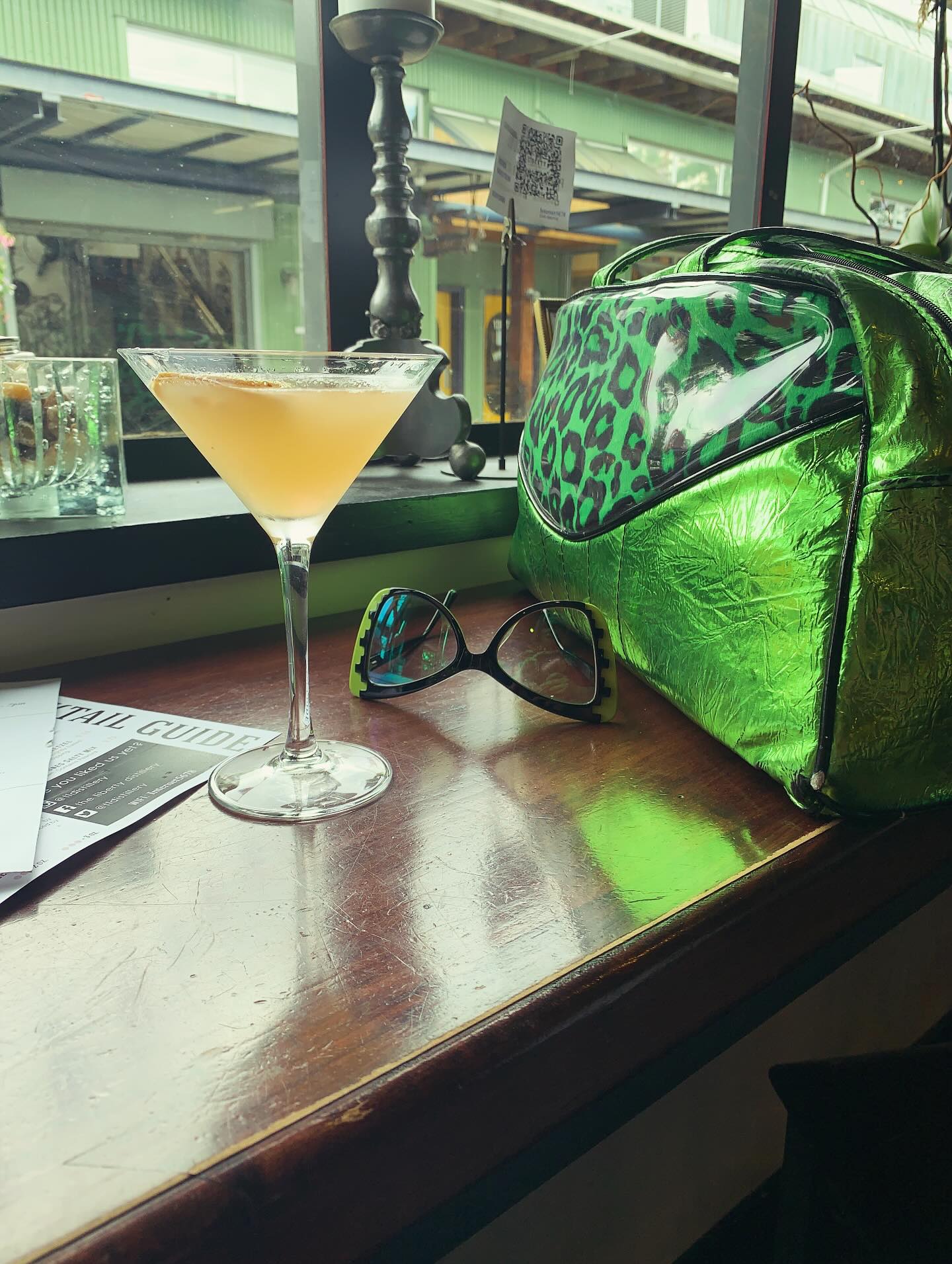TIDBITS: Debunking 6 Myths About People in the Sex Industry

This article first appeared in Everyday Feminism and embellished with pictures to fit the this blog.
Debunking 6 Myths about People in the Sex Industry
November 5, 2014 by Laura Kacere and Sandra Kim
They navigate and move between the spaces of visibility and invisibility, criminal and citizen, safety and danger, exploitation and empowerment.
People engaged in the commercial sex industry are constantly navigating these margins.
Amidst stigma and invisibility, they suffer high rates of violence and discrimination, and yet are too often left out of the conversation around violence against women.
With very limited and inaccurate media representations of people involved in the sex industry and the cultural stigma around commercial sex, there are a lot of misconceptions around them.
Feminism has historically simplified (and continues to simplify) the issue, wherever you may fall in the “feminist sex wars.”
We too often fail to see the complexity and diversity in who is engaged in commercial sex, why they’re doing it, and the degree of consent and coercion involved.
Maybe you yourself have been involved in the sex industry or perhaps you know someone who has. Or maybe what you know about it is informed by the overly simplified media representations of sex trafficking and sex workers, and you’re not quite sure you know the difference.
Regardless, you can be an ally for people in the sex industry.
But given the level of misconceptions surrounding the sex industry, we need to debunk some of the most common myths that keep us from seeing this issue for what it really is.
Myth #1: The Words We Use to Describe Them Don’t Really Matter
Our culture views people in the sex industry as trashy, dirty, drug-users, victims, survivors, carriers of diseases, bad people, criminals, as “sluts” and “whores.”
Even those who don’t want to use dehumanizing labels often don’t know how to refer to people in the sex industry. Most often, you’ll hear the word prostitute. And while some may identify themselves as such, this word has a strong negative connotation, and many prefer not to be referred to by this term.
Since there are major differences between those who engage in commercial sex consensually, those coerced into the sex trade, and everything in between, it’s important that we use the language to reflect that.
For this reason, those who voluntarily engage in the sex trade generally prefer the term sex work and often identify as sex workers. This term was coined by sex workers as a way to rename and define the concept for themselves – as a form of labor and economic exchange.
Sex trafficking, on the other hand, refers to those who were induced through force, fraud, and/or coercion into selling sex. If they are a minor, then they are a survivor of child commercial sexual exploitation and/or of sex trafficking. Due to their age, no form of force, fraud, and/or coercion must be present for it to be considered trafficking, according to federal US law and some state laws.
These categories are actually not as simple as they seem, nor are they fixed. Much of the time, people’s experiences lie somewhere along the spectrum, and the reasons why people are in the sex industry can change over time.
Are you making any kinds of assumptions people who fall into these categories, even now as you’re reading this? As we discuss this issue, it may be helpful to examine your own biases and assumptions about the people involved this industry.
In this article, we refer to the “sex industry,” meaning the individuals and businesses that engage in the exchange of sex-related acts for money, shelter, food, clothing, and other goods. This term is used here in a broader sense to include not just street prostitution, brothels, and escort agencies, but also those involved in survival sex, the porn industry, in strip clubs, and using indirect contact (over the phone or Internet).
We use the term “people in the sex industry” to refer to people who provide commercial sex. However, there are usually others involved with far more power and privilege in the sex industry – mainly traffickers and buyers.
Myth #2: People in the Sex Industry Are All Straight, Poor, Adult, American Women of Colour Who Work in the Streets
When you imagine a person in the sex industry, what do you they look like?
While there are plenty of people in the sex industry who fall under the category we listed above, there is a wide and varied range of identities, and many are living and working at the intersection of multiple forms of oppression.
 Since poverty and lack of job opportunities are often driving factors for many people entering the sex industry, a significant percentage of people in the sex industry are poor and of Color, but many come from middle class backgrounds, too, and a significant number of people in the sex industry are White.
Since poverty and lack of job opportunities are often driving factors for many people entering the sex industry, a significant percentage of people in the sex industry are poor and of Color, but many come from middle class backgrounds, too, and a significant number of people in the sex industry are White.
Too often, however, it is primarily poor women and children of Color who are criminalized and imprisoned.
Many in the sex industry are straight women (both cis and trans), and the majority of people who buy commercial sex are straight men, but people of all different genders and sexualities consume and exist within the sex industry.
The archetypal image of someone in the sex industry is a person who is “working the streets.” But technology and the Internet play a major role in the sex industry – as more often, commercial sex is done over the Internet, while other forms of technology like the telephone and films continue to be engaged.
Minors are also a significant part of the sex industry, and tend to be easy targets by American sex traffickers. Due to their age, all minors are already marginalized and more vulnerable, and this includes children and teens of all genders and races.
Also, due to homophobia and transphobia, many LGBTQIA+ youth, particularly of youth of Color, run away or are kicked out of their homes, leaving them homeless. This puts them at a higher risk of engaging in survival sex or being commercially sexually exploited.
While much of the sex industry in the US involves US citizens, there are also many foreign national networks in the US that bring over women from other countries to sell commercial sex. Some face additional risks due to their undocumented status and lack of English-speaking ability and understanding of American society, which are often used to exert control over them.
The sex industry clearly exists in so many different forms with many different people, and yet in spite of the diversity, those who are already socially excluded and marginalized face much higher levels of structural and individual violence than their privileged counterparts.
People with overlapping identities of privilege – like those who are White and/or with greater wealth and social capital – tend to engage in commercial sex in avenues that are less visible (for example, the Internet) and are less exposed to the possibility of arrest.
Meanwhile, those who are more visible and already experience higher levels of policing – like those who are transgender, Black and Latinx, undocumented, or who have criminal backgrounds – are targeted and unfairly face higher rates of arrest and incarceration.
Myth #3: People in the Sex Industry Are All Victims or All Empowered
Too often, the conversation around the sex industry becomes reduced to a simplistic notion that the sex industry is either a sexist, victimizing industry or one that empowers and strengthens women. In fact, it is both, and neither, and many other things.
People enter the sex industry for a wide range of reasons, which we will group into three broad categories:
Sex trafficked: Induced into the sex industry through force, fraud, or coercion as an adult or is a minor providing commercial sex (aka commercial sexual exploitation of children).
Economically coerced: Feels that commercial sex is the only or primary viable source of money they can make to survive and support their needs.
Voluntary sex work: Chooses to provide commercial sex as an adult.
Now just because we gave you three categories doesn’t mean it’s that simple and clear cut for every person. For many people in the sex industry, there are overlapping reasons or causes and they can shift over time as well.
For example, many cis and trans women who face a sexist and transphobic society may sell commercial sex because it’s the only way to earn enough money to support themselves and their families. Some are coerced by people who have power over them. Some choose to be involved in the sex industry and view it as a form of work. Some find it meaningful and enjoy providing commercial sex.
A child who sells commercial sex is automatically considered a victim of sex trafficking and/or of child commercial sexual exploitation according to federal law (although historically and still often is criminalized today by state laws). But often from their perspective, they may see it as voluntary because they’re doing it for their older “boyfriend” (aka pimp).
Because there is a such a range of experiences and a diversity of backgrounds and futures experienced by people in the sex industry, the victimized/empowered dichotomy is clearly false and simplistic.
Myth #4: People in the Sex Industry Can’t Be Raped
Why do we assume that there are people who “can’t be raped?” This myth comes from notions perpetuated by rape culture, in which certain types of people – those who are sexual for money or otherwise – are seen as unable to be forced to have sex against their will.
Under this assumption, people in the sex industry have no boundaries, no decision-making power over their own bodies, and therefore cannot claim (or not claim) consent. If a culture views a person as having no ownership over their own body, whose body is seen as only belonging to others, then we do not give them the agency and ability to say yes or to say no.
 This is a problem not only associated with stigma, but that plays out in real-world consequences from clients, police, and others.
This is a problem not only associated with stigma, but that plays out in real-world consequences from clients, police, and others.
According to two studies by the Sex Workers’ Project, 17% of the sex workers they interviewed reported sexual harassment, abuse, and rape by police. Since people in the sex industry are so marginalized and can be imprisoned, the balance of power allows this sexual violence by the police to go on unchecked.
In fact, extortion of sexual acts by police officers, or being “given the choice between having sex or going to jail,” is a far too common experience. Reporting such incidents (and being taken seriously) is pretty much out of the question.
Instead, our society tends to blame people in the sex industry when they experience sexual violence, claiming that they “brought it on themselves.” But the requirement for consent in sex does not disappear just because a person has sex in exchange for money or goods.
Myth #5: People in the Sex Industry Should Be Ashamed for Selling Their Bodies
We already know that our culture slut-shames women for having sex, and this certainly extends to the sex industry. The stigmatization and the idea that people in the sex industry should feel shame, or should be shamed as a way to get them out of this industry, is altogether wrong.
Under the category of sex trafficking, this stigmatization has led to another false, but prevalent dichotomy of the good/bad victim. A “good victim” is someone (usually white, cis, and young) who didn’t have any idea that they were going to be providing commercial sex and was 100% tricked into it. A “bad victim” is someone (usually a person of color) who knew there would be commercial sex and “still” got involved – even when there’s physical abuse keeping them there.
Janet Mock, discussing her experience in the sex industry, wrote eloquently about shame in her book, Redefining Realness: “I do not believe using your body — often marginalized people’s only asset, especially in poor, low-income, communities of color — to care after yourself is shameful. What I find shameful is a culture that exiles, stigmatizes, and criminalizes those engaged in underground economies like sex work as a means to move past struggle to survival.”
Regardless of the reason for them being there, allies should support and work to de-stigmatize people in the sex industry.
If they want to leave the sex trade, then we should provide supportive services to help them do so. And if they don’t, we should support that as well. Services delivered to people in the sex industry should be done in a way that respects their humanity and supports their agency.
Myth #6: People Involved in the Sex Industry Are Criminals
Correction: They are criminalized.
People in the sex industry experience a whole host of emotional, cultural, and physical violence and harassment at the hands of their communities, but even more so, quite often, from the police.
And who is typically targeted by the police and the criminal justice system? Women of color. Trans women. People selling commercial sex visibly in the street. People under 18 years old. People with criminal histories and histories of drug use. People living in poverty. People who are foreign-born and undocumented. In other words, people already being marginalized and oppressed.
 While people who buy commercial sex and traffic are also criminalized, law enforcement does not tend to focus on them anywhere near to the degree that providers of commercial sex experience. Instead, they are treated with more of a “boys will be boys” attitude, even when a minor is involved.
While people who buy commercial sex and traffic are also criminalized, law enforcement does not tend to focus on them anywhere near to the degree that providers of commercial sex experience. Instead, they are treated with more of a “boys will be boys” attitude, even when a minor is involved.
Transgender women of Colour experience discrimination from the police, regardless of if they’re even involved in the sex industry. Trans women of Colour are often profiled, arrested, and detained for solicitation because they are perceived by law enforcement through sexualized and racialized stereotypes.
Until recently in the US, minors under 18 years old have been criminalized for engaging in the sex industry in every state, despite there being laws against statutory rape and child sexual abuse. Thanks to the New York Safe Harbour Law of 2008 and other states that followed, we’re seeing less criminalization and more services to support them, though much more is needed.
***
Despite all of the myths surrounding people in the sex industry, it’s clear that there is a broad spectrum of lived experiences, and those of us who choose to be allies have a lot to learn.
We can stand up for people in the sex industry by fighting against the stigma, decriminalizing them, and providing services to help them be safer.
Regardless of whether someone wants to leave the industry or stay in it, we can advocate for the rights of people in the sex industry and do so in a manner that is supportive of their autonomy and respectful of their choices.
And when the voices of people in the sex industry are silenced, their stories ignored, it’s so important that we work to listen and to help make their voices heard.
To learn more, please check out these organizations working to support people in different areas of the sex industry:
GEMS and their film, Very Young Girls, on the commercial sexual exploitation of girls in New York City
HIPS and their documentary, Be Nice To Sex Workers, about street-based survival sex in Washington, DC
Polaris: Combatting Human Trafficking and Modern-day Slavery and their video, “America’s Daughters,” which is a poem written by a survivor of sex trafficking
Sex Workers Project



